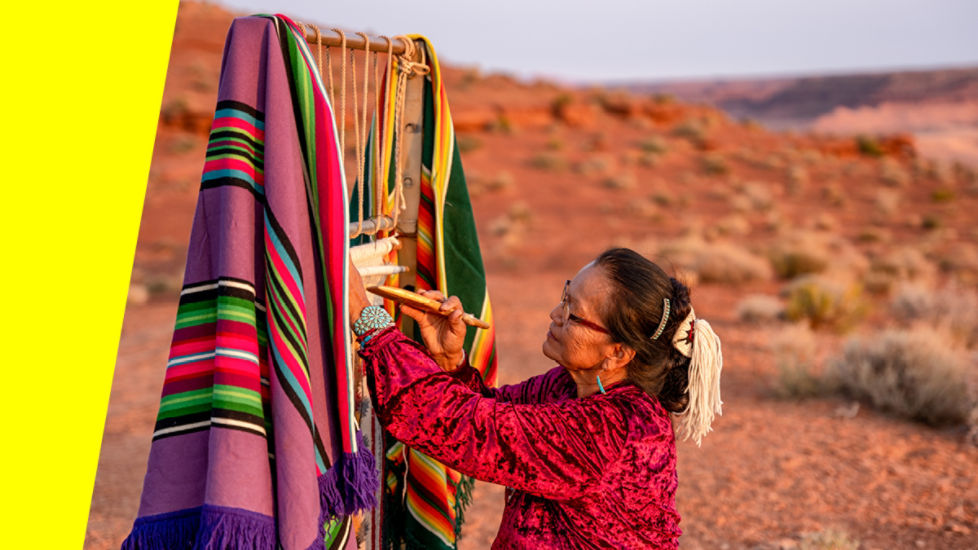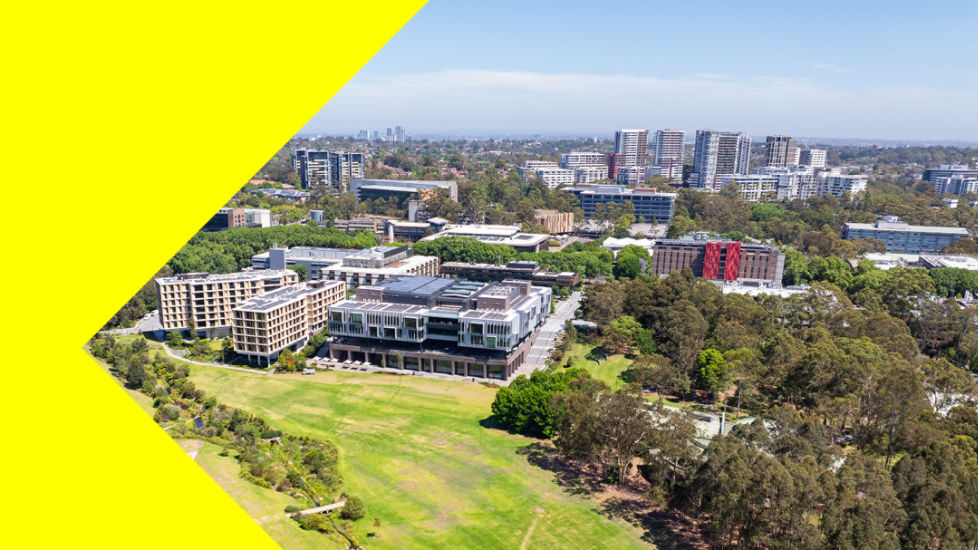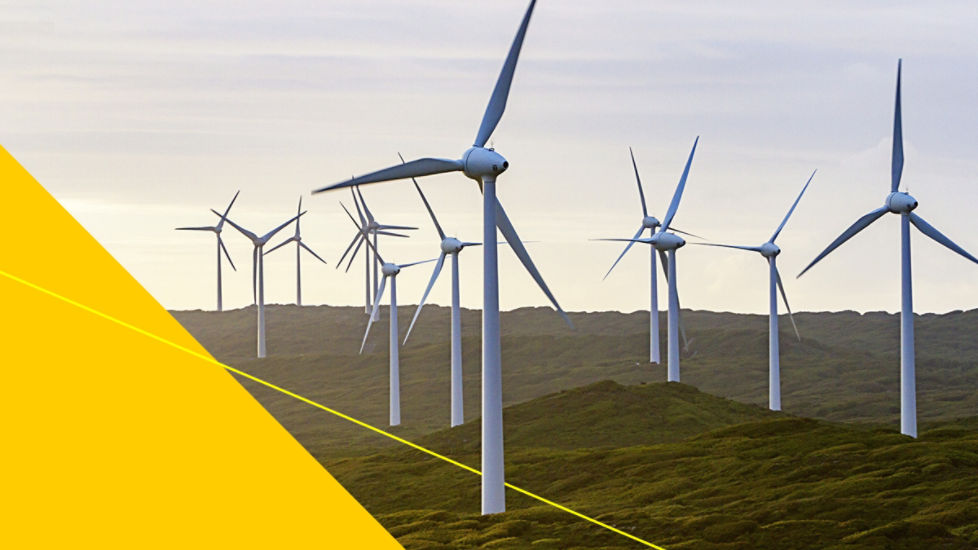Key points
- Australia is well positioned to provide the raw materials needed to transition the world’s economy to net zero carbon emissions.
- However, building scale and decarbonising mining operations within short timeframes will be challenging.
- Buyers are likely to pay a premium for Australia’s metals if they can be produced with lower emissions.
With our abundance of natural resources, Australia is well positioned to provide many of the raw materials needed to build clean technologies as the world shifts to net-zero carbon emissions.
That energy transition will require huge amounts of minerals. Lithium, cobalt and graphite for batteries. Copper, silicon, silver and zinc for solar panels. Iron ore, copper and aluminium for wind turbines.
CommBank’s second sustainability conference, Momentum, brought together experts from around Australia who are dealing with issues like sustainability and climate change.
The cost of decarbonisation
At precisely the same time that the appetite for renewables is growing, the mining sector must tackle decarbonising its own processes.
Cath Bozanich, Group Manager, Sustainability at Fortescue said the big miner has committed to investing US$6.2 billion to reach its target to achieve Real Zero Scope 1 and 2 emissions across its iron ore operations by 2030.
That investment includes:
- US$3.2 billion for renewables, battery storage and infrastructure, including transmission lines to connect their mine sites
- US$0.9 billion to set up on-site infrastructure
- US$1.3 billion investment in a green mining fleet, noting this is the incremental cost of the green fleet relative to diesel and does not include the cost of the replacement fleet. Fortescue’s green vehicles will be onsite from 2025.
“While the technology is there now for us to drive around in electric vehicles in the city, the conditions in the Pilbara are hot, dry and dusty,” said Ms Bozanich. “We run these trucks 24/7, so the challenge is to develop the right power systems – where the battery doesn't take the space that is needed to carry the ore and doesn’t need to be charged for 20 hours a day.”
The challenges are daunting but they’re not insurmountable. Fortescue has a range of innovative solutions in the works. One is a zero-emissions train, the Infinity Train, that will harness gravitational and kinetic energy in place of diesel or other fuels. The railway was created in partnership with Williams Advanced Engineering and is expected to be operating by 2026.
Investment isn’t keeping up with demand
Another challenge is expanding production in very short timeframes. To illustrate this, Vivek Dhar, Commonwealth Bank of Australia’s Mining & Energy Economist, outlined the timeline needed for electric vehicle (EV) sales if we’re to hit our carbon reduction targets.
- In 2021, EVs made up about 10% of new car sales.
- By 2025, they need to make up 35% of new sales.
- By 2035, they need to make up 70% of new sales.
To meet these goals, lithium and graphite production needs to scale up by about seven times from now until 2035, while nickel and cobalt must increase by three times, Dhar said.
However, the investment required for this level of production isn’t there at the moment.
“If we aggregate all the CapEx in the mining sector and all the cash flow from operations and we look at that ratio, that gives you a perspective of the willingness to spend,” he explained. “That willingness has fallen to the lowest level in 20 years.”
So where is the money going? Dhar said that some is being returned to shareholders. Miners are also spending a significant amount to decarbonise for social licence requirements.
“We've seen massive cost inflation in the last 12 to 18 months, and political uncertainty rise. We've had COVID back-to-back with the Ukraine war,” Dhar commented. “This environment is very challenging to get from where we are now to where we need to be.”
Challenges for the next decade
Ron Mitchell, Managing Director of lithium exploration company Global Lithium Resources, said that explorers and developers cannot bear all the risk and cost of bringing projects to market. He predicts that other players in the value chain will form partnerships with miners.
He believes that within five years Australian metals will come with a QR code containing a lifecycle analysis and emissions profile.
“I’m convinced that there will be a premium built into sustainably sourced critical minerals to reflect the initial costs for miners,” he said.
“We’re seeing it already in Western Australia with the lithium conversion plants being constructed. They’re more expensive than the Chinese counterparts, but the industry is looking for and demanding greater supply chain diversification.”
In the meantime, he expects government involvement will further incentivise Australian companies with downstream ambitions.
“The Europeans are doing an amazing job incentivising their industry to move downstream … similarly, with Biden's new Inflation Reduction Act [which promotes clean energy production], we’ve seen some great opportunities for US companies in the battery metal space,” he said. “It’s just a matter of time before you see some really big moves by both state and federal governments in Australia.”
Our mining experts
Catherine Bozanich, Group Manager, Sustainability, Fortescue
Cath Bozanich was appointed Group Manager, Sustainability at Fortescue in 2021. She is responsible for implementing the Company’s sustainability strategy including driving continuous improvement within the areas of climate change, biodiversity and human rights. She is also responsible for annual sustainability related disclosures.
Cath brings extensive experience spanning more than 20 years working within the environmental and sustainability areas.
Throughout her 14-year career with Fortescue, Cath has been instrumental in driving Fortescue’s leading sustainability performance – an area which has become a key interest for investors, media and the wider community.
Cath holds a Bachelor of Science (Environmental) from the University of Western Australia and a Master of Business Administration from Curtin University.
Vivek Dhar, Mining & Energy Economist , Commonwealth Bank of Australia
Vivek Dhar has worked as CBA’s Mining &Energy Economist since late 2014 after working as a junior analyst for four years.
Before joining CBA, Vivek interned at Deutsche Bank and Siemens. He holds a Bachelor of Engineering (Electrical) and a Bachelor of Commerce (Finance and Economics) from the University of Melbourne.
Ron Mitchell, Managing Director, Global Lithium Resources
Ron Mitchell has more than 25 years’ experience in senior commercial, strategy, sales and business development roles. This includes more than 10 years in the lithium and battery metals industry, with senior roles at Tinaqi Lithium Corporation and Talison Lithium.
He is also the inaugural chairman of the London Metal Exchange (LME) Lithium Committee, a role he has held for more than two years.
At Global Lithium Resources, he oversees marketing development, strategic partnership negotiation and business growth opportunities.
We’re here to support your sustainability journey
Discover our tools and tailored solutions to help you and your business towards a more sustainable future visit sustainability hub




